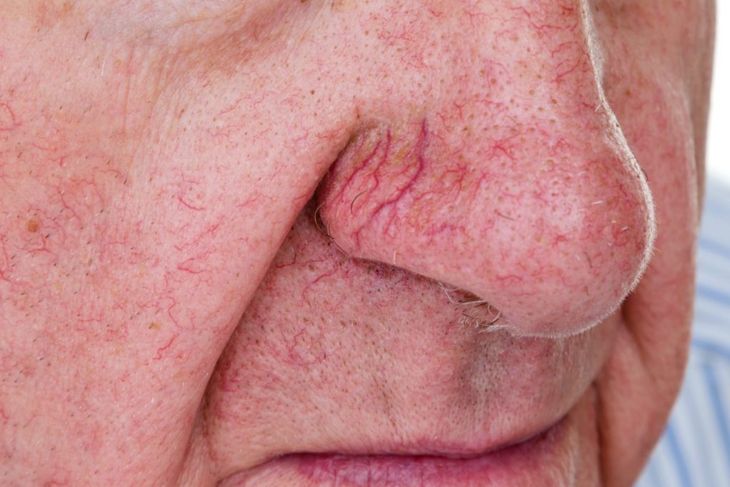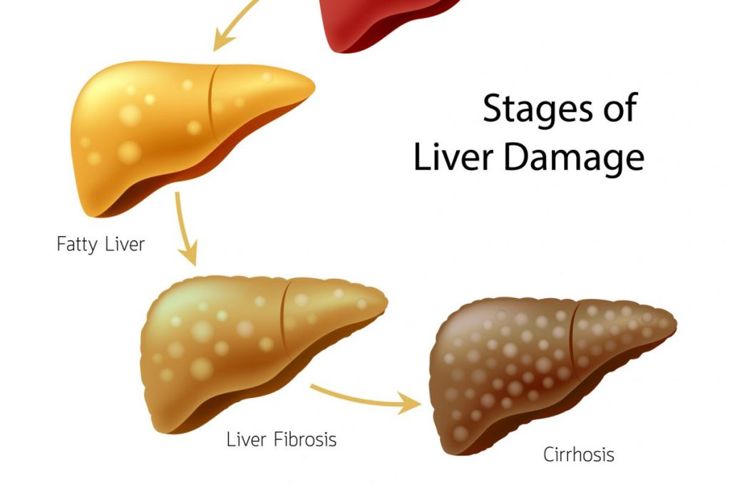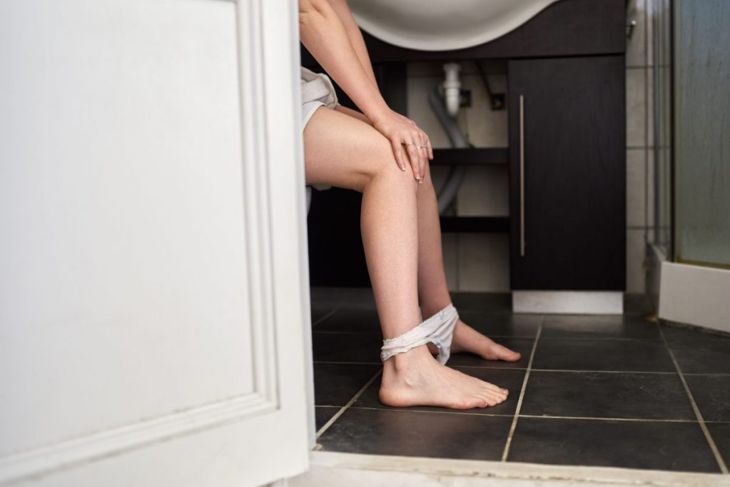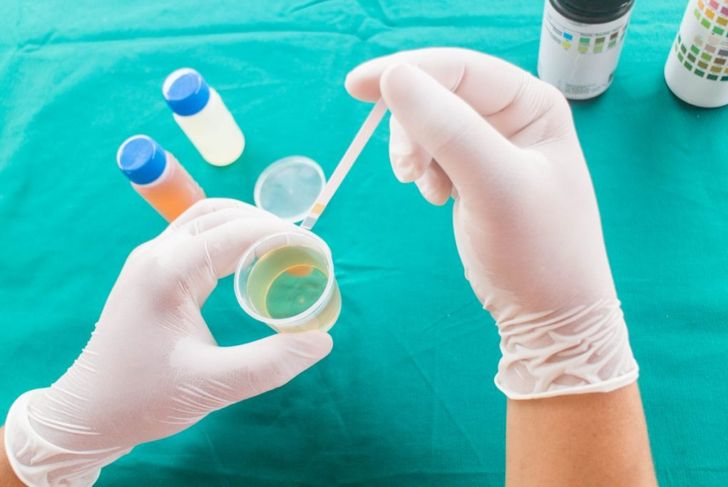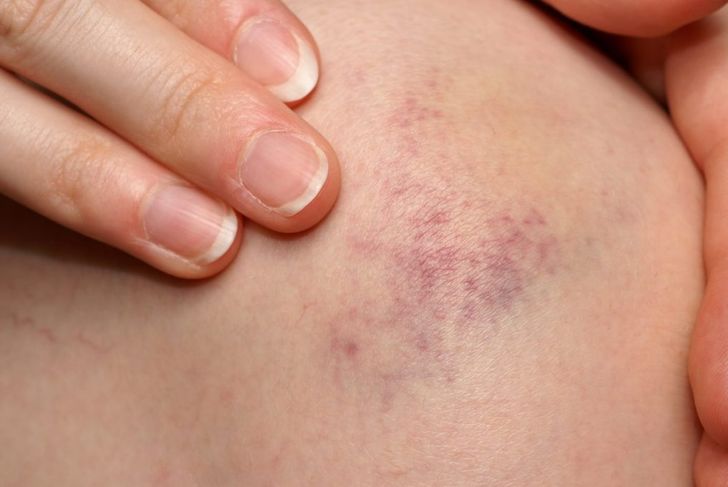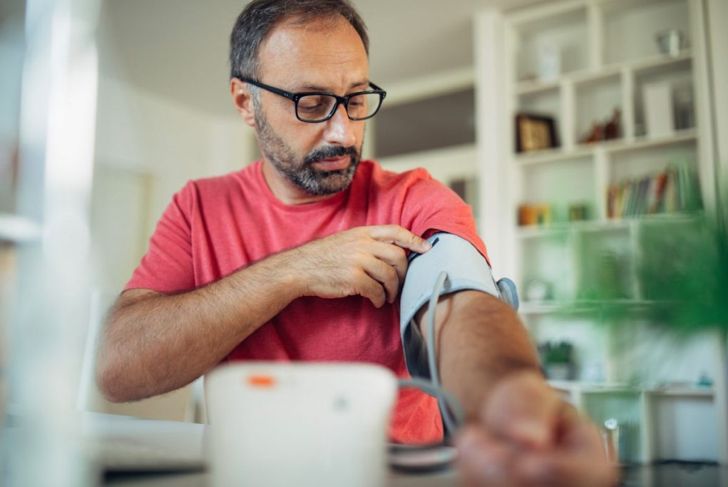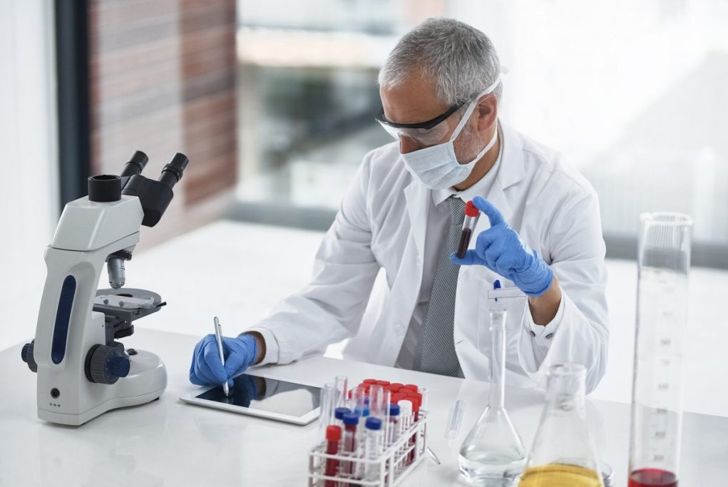The liver is under the rib cage on the right side of the abdomen. It filters blood from the gastrointestinal tract, helps metabolize food, medications, and chemicals, removes toxins and waste products, and synthesizes essential proteins. This organ is remarkably capable of compensating when damaged. However, chronic liver damage that goes untreated can progress to liver failure. Causes of liver damage include excessive alcohol consumption, medications, viral infections, and autoimmune and genetic conditions.
Signs of Liver Damage: Changes in Appetite
A damaged liver has difficulty metabolizing fats and proteins from food. Bile production may slow down, making it difficult to deal with fatty meals. Also, if liver damage is chronic or severe, the vessels in the esophagus and stomach may dilate. In some cases, the dilated vessels may bleed, which is a medical emergency. People with chronic liver damage can also experience nausea, vomiting, and a distaste for meals high in fat and protein.
Skin Changes
Liver damage can cause hormonal changes that in turn cause the dilation of small blood vessels. These spider veins are most noticeable on the face and torso. A blotchy redness of the facial skin, palms, and feet are common as well and are usually a result of hormone changes, vitamin deficiencies, or increased pressure in the vascular system. In advanced liver damage, jaundice can give the skin a yellow appearance. Jaundice happens when a waste product, bilirubin, builds up rather than being metabolized by the liver. Consistently high bilirubin can be a sign of acute or advanced liver disease. However, bilirubin can be elevated in other medical conditions as well.
Fatigue and Difficulty Concentrating
A damaged liver has to work extra hard to perform its many functions. This may lead to fatigue or problems with concentration because the liver is filtering out toxins more slowly than normal. The liver may be sluggish in metabolizing food and struggle to absorb the nutrients required to maintain clarity and overall functioning. Advanced liver disease can lead to hepatic encephalopathy — brain damage due to high levels of toxins in the body.
Abdominal Swelling
Even though a damaged liver can compensate or regenerate, the shape and size of the organ may change. These changes may result in a larger organ that in turn increases the size of the abdomen. Advanced liver disease or cirrhosis can also lead to swelling within the abdominal cavity or ascites. This swelling is due to decreased proteins in the blood that cause fluid to leave the vessels and collect in the abdomen and other body cavities. It’s also caused by increased pressure in the vein that carries blood from the digestive organs to the liver.
Changes in Bowel Movements
When the liver struggles to perform, digestion can slow, and the body may try to compensate for increased toxins by excreting them in the bowels. This may cause constipation or diarrhea. In later stages of liver damage, the liver can no longer produce and process bile and bilirubin, which give stool its brown appearance. As a result, the stool becomes paler in color.
Changes in Urine
The inability of the liver to metabolize bilirubin and excrete it through the bowels can lead to a build-up of this waste material in the blood. The kidneys excrete the bilirubin that builds up in the blood, causing dark or tea-colored urine. Dark urine is a sign of a more acute liver issue and should prompt immediate medical attention.
Bruising or Bleeding
The liver is responsible for creating proteins that help with blood clotting. A damaged liver has difficulty with this process, which leads to increased bruising or bleeding. A further complication can occur when new blood vessels are created to bypass the damaged organ. These vessels, often formed in the esophagus and stomach, begin to swell, leading to severe bleeding because these vessels are prone to rupture, especially if blood clotting factors are compromised. Vomiting blood and black stool are signs of bleeding in the esophagus or stomach and require immediate treatment.
Swelling in the Legs or Ankles
Liver damage may cause fluid to build up in the ankles and legs. This build-up is due to a loss of blood protein which allows fluid to leak into the tissues. The legs and ankles are often affected because gravity pulls fluid down towards the feet. The late stages of liver damage can cause severe swelling.
Increased Blood Pressure
A damaged liver has reduced blood flow due to liver damage and scarring. This creates pressure in the blood vessels surrounding the liver, causing portal hypertension. Compromised blood flow causes resistance. The body compensates by creating new blood vessels to get around the resistance. Sometimes these blood vessels bleed or rupture, which is a true medical emergency.
Increased Liver Enzymes
Active liver damage will show increased liver enzymes in the blood. These may not appear in all people with chronic liver conditions. Increased liver enzymes are a result of acute damage and can show that the organ is under attack from toxins, inflammation, viruses, or other causes. If elevated liver enzymes are present, doctors may investigate to determine the cause and prevent further damage.

 Home
Home Health
Health Diet & Nutrition
Diet & Nutrition Living Well
Living Well More
More
